Parc national de Capitol Reef (Capitol Reef National Park)
Le parc national de Capitol Reef (en anglais : Capitol Reef National Park) est un parc national américain situé au centre de l'État de l'Utah.
D'une superficie proche de 979 km2, le parc est célèbre pour ses formations géologiques composées de roches colorées âgées de dizaines de millions d'années. Le parc est constitué de zones élevées et semi-arides, plusieurs arches naturelles, et est caractérisé par un important plissement monoclinal de la croûte terrestre en partie mis à nu par l'érosion. Le nom Capitol Reef (littéralement « le récif du Capitole ») provient de la forme monumentale de certaines roches issues d'un ancien récif corallien présent à cet endroit il y a plusieurs millions d'années, lorsque la zone était recouverte par une mer.
Le milieu naturel se caractérise essentiellement par de nombreuses espèces animales et végétales pouvant résister à un climat semi-aride. Néanmoins, les zones plus humides à proximité des rivières et aux altitudes plus élevées sont également colonisées par des espèces plus adaptées à ces milieux.
Les régions environnantes du parc sont habitées par des peuplades amérindiennes de la culture Fremont entre les VIIe et XVIIe siècles, puis par des Amérindiens Païutes et Utes qui y limitent leurs activités à la chasse et la cueillette. Les premiers explorateurs européens parviennent au sud de l'Utah à la fin du XVIIIe siècle et les premiers colons, des mormons, s'y installent après 1875.
Le 18 décembre 1971, Capitol Reef devient un parc national. Les membres du personnel du National Park Service ont depuis pour mission de protéger les richesses géologiques, naturelles et culturelles tout en accueillant et en sensibilisant les centaines de milliers de touristes qui visitent le parc chaque année.
-
1
Géographie
- 1.1 Relief
- 1.2 Climat
- 1.3 Hydrographie
- 2 Géologie
- 3 Milieu naturel
-
4
Histoire
- 4.1 Amérindiens
- 4.2 Européens
- 5 Gestion et administration
-
6
Tourisme
- 6.1 Accessibilité
- 6.2 Infrastructures
- 6.3 Environs
-
7
Annexes
- 7.1 Bibliographie
- 7.2 Liens externes
- 7.3 Notes
- 7.4 Références
Links
Images Gallery
-
 Cathedral Valley.
Cathedral Valley.
-
 Logo du National Park Service.
Logo du National Park Service.
-

-

-

-

-

-

-

-

-

-
-
 Waterpocket Fold.
Waterpocket Fold.
-
 Les hivers peuvent être rudes dans la région du parc.
Les hivers peuvent être rudes dans la région du parc.
-
 Une poche d'eau (anglais : Waterpocket) dans le parc.
Une poche d'eau (anglais : Waterpocket) dans le parc.
-
 Pin à pignons (Pinus edulis).
Pin à pignons (Pinus edulis).
-
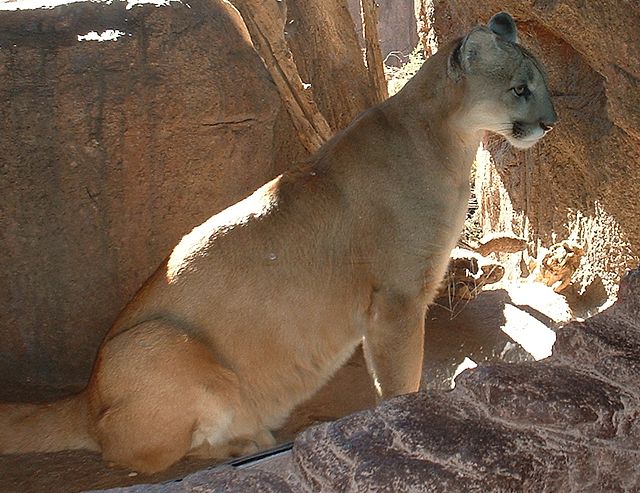
-

-

-
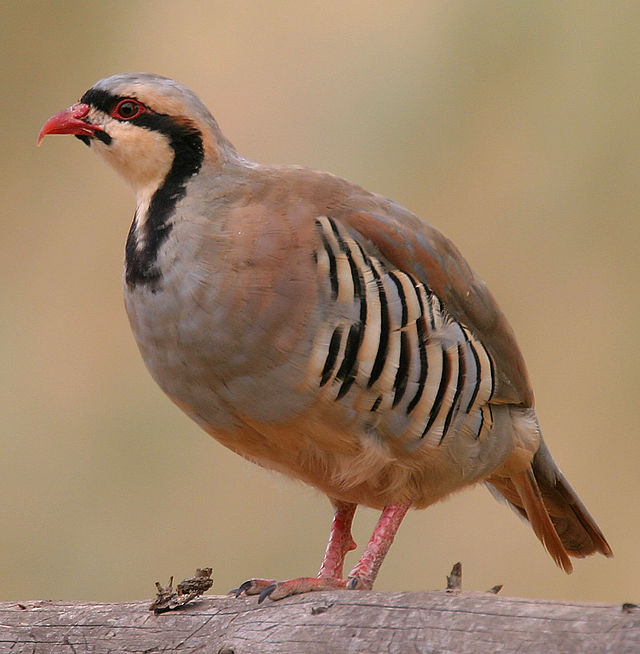
-

-

-

-

-

-

-

-
 Des pétroglyphes visibles à l'intérieur du parc national.
Des pétroglyphes visibles à l'intérieur du parc national.
-
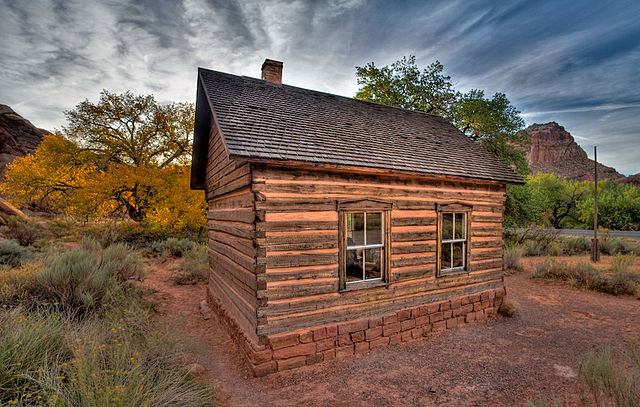 L'école de Fruita au milieu des vergers.
L'école de Fruita au milieu des vergers.
-
 Hickman Natural Bridge, dans le Parc national.
Hickman Natural Bridge, dans le Parc national.
-
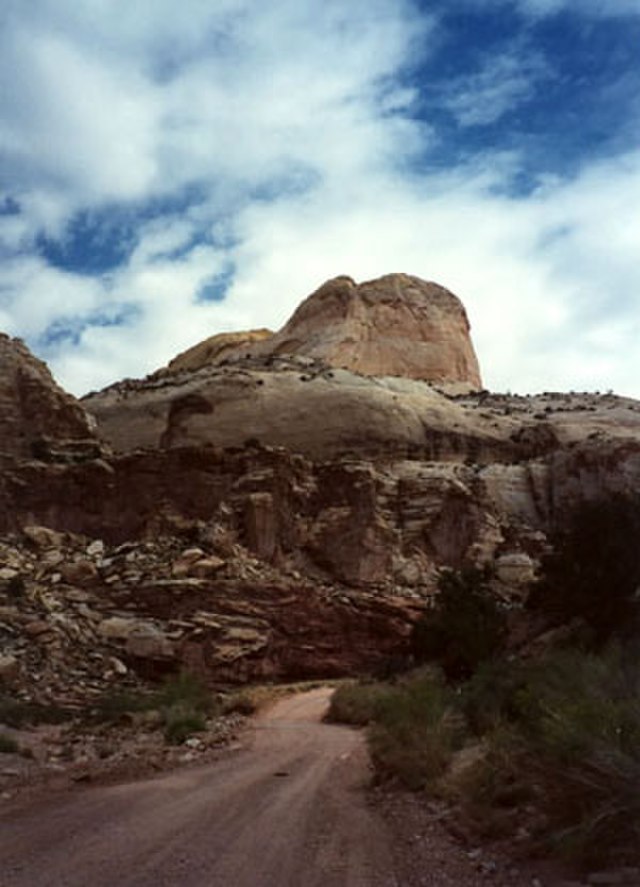
-

-

-
-
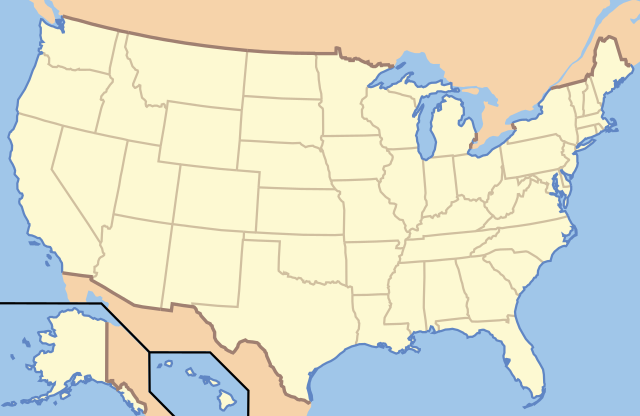
-
-

-

-

-
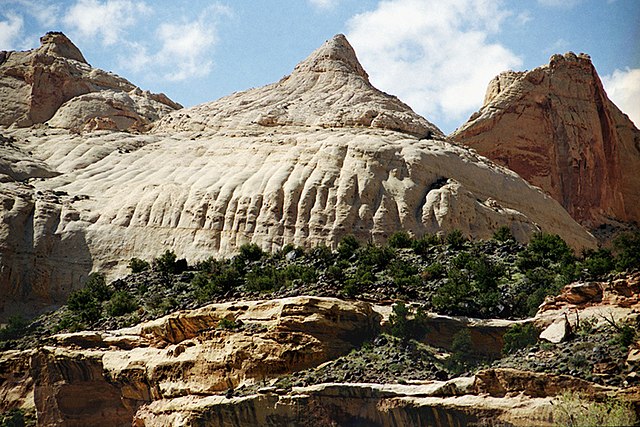
-

-

-

-

-

-

-

Comments
-
Underrated National Park. Believe me it’s worth the visit. Tons of hiking trails and boo docking spots. Don’t forget to visit fruta for fruit pucking when in season and taste their homemaker pies. 😊♥️
6 days ago -
This is my personal favorite of Utah's National Parks. The beauty of the landscape is unmatched. Cathedral Valley was a highlight of the trip. Unlike many other national parks, we had a lot of privacy. We only passed 1 or 2 other cars during our visit of the Temples of the Sun and Moon. There's many different hiking trails, most of which are relatively easy. I really enjoyed my experience and I'll be back soon!
a day ago -
This park is a true gem. Not as popular as Arches or Zion, therefore it is way less crowded. You can hike and explore the canyons without seeing anybody for hours, especially if you can do the more strenuous hikes. There's also an impressive dirt road at the end of the scenic route which feels like driving in the Slot Canyon! Incredibly unique experience! Highly recommend this park.
a month ago -
The drive to Capitol Reef from Bryce is very scenic! The park and its nearby area is filled with gorgeous red rock and sand mountains. Very cool canyon lookouts and hiking trails. We had tons of fun there! If you’re there, stay in Red Sands Hotel, very cool hotel with gorgeous views all around it!
a month ago -
Absolutely stunning! The mountains are beautiful and there is plenty of different levels of hiking areas all over. Definitely planning to return again and visit this beautiful national park.
4 weeks ago -
Mostly just drove through Capitol Reef National Park with a couple stops for photos. A very picturesque park and you need a couple days to explore it. However we did not have the time on this trip.
2 weeks ago -
Capital reef is the most enjoyable national park in Utah, super beautiful views and not as many people as other parks. Everything is spread out and you really have to explore. Tons of activities to do to fulfill your adventure spirit. Been many of times and still find places that I havent visited.
3 weeks ago -
It’s an awesome place to Visit. But the only concern is, I am not a hiking lover. It’s hard for me and my family. If you are a person like this, this isn’t a good place for you. You could visit some where else. We just spent a whole lot of time in our car.
2 weeks ago














































